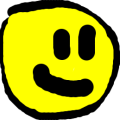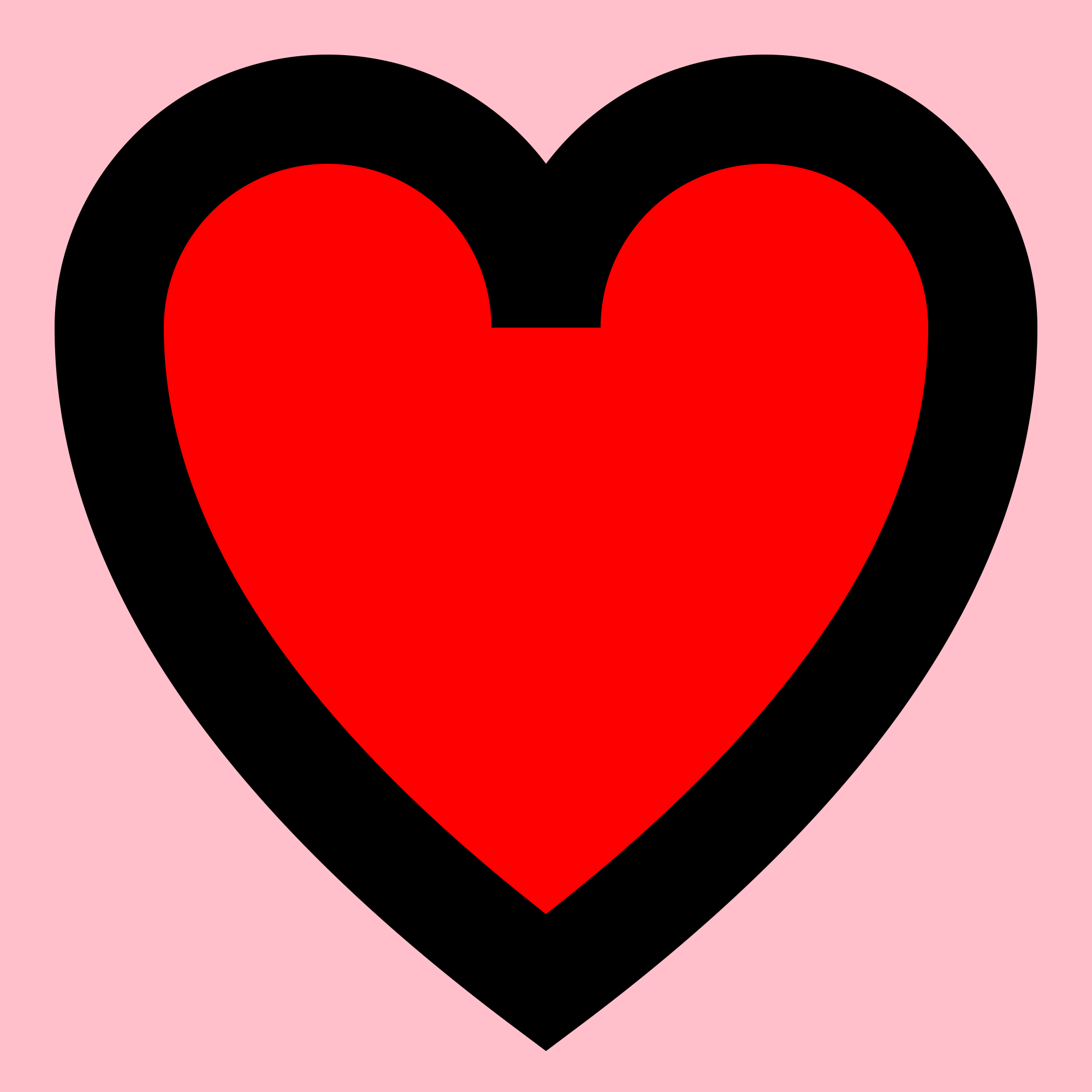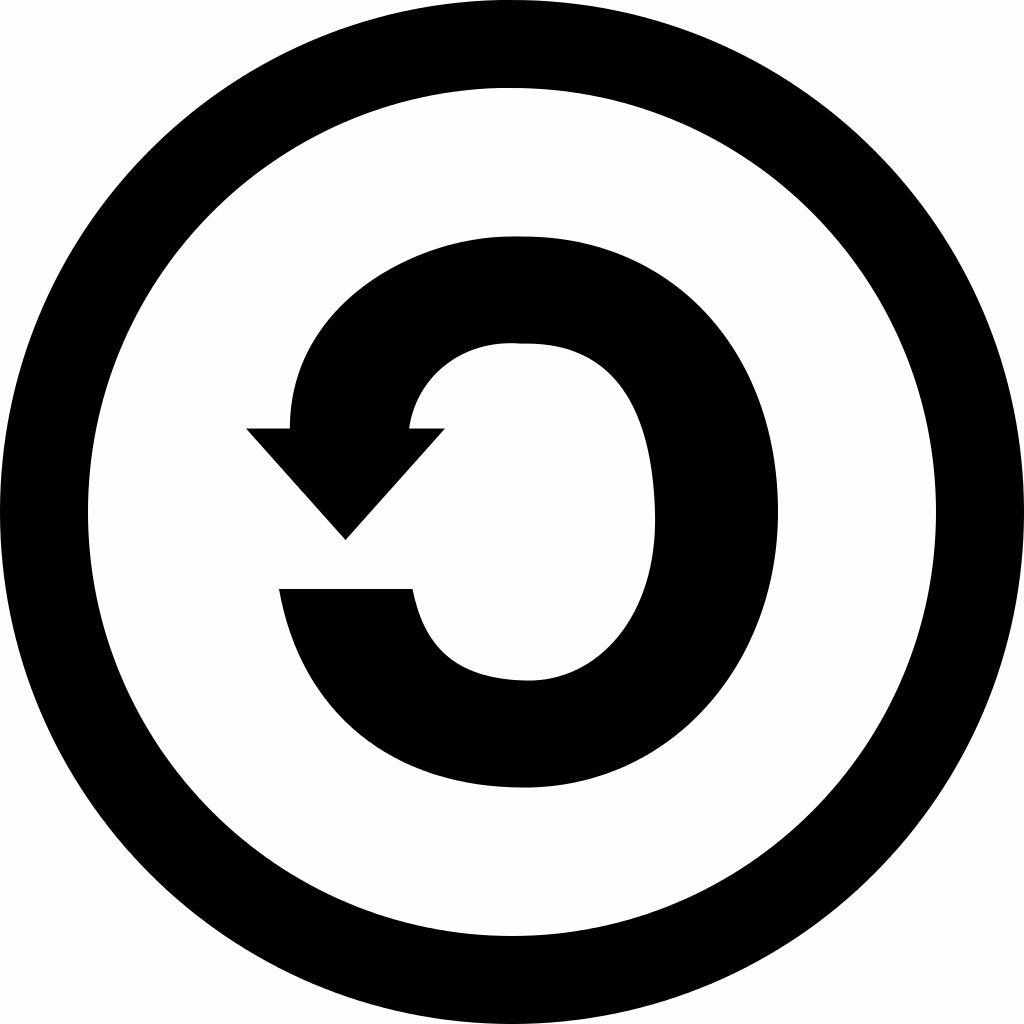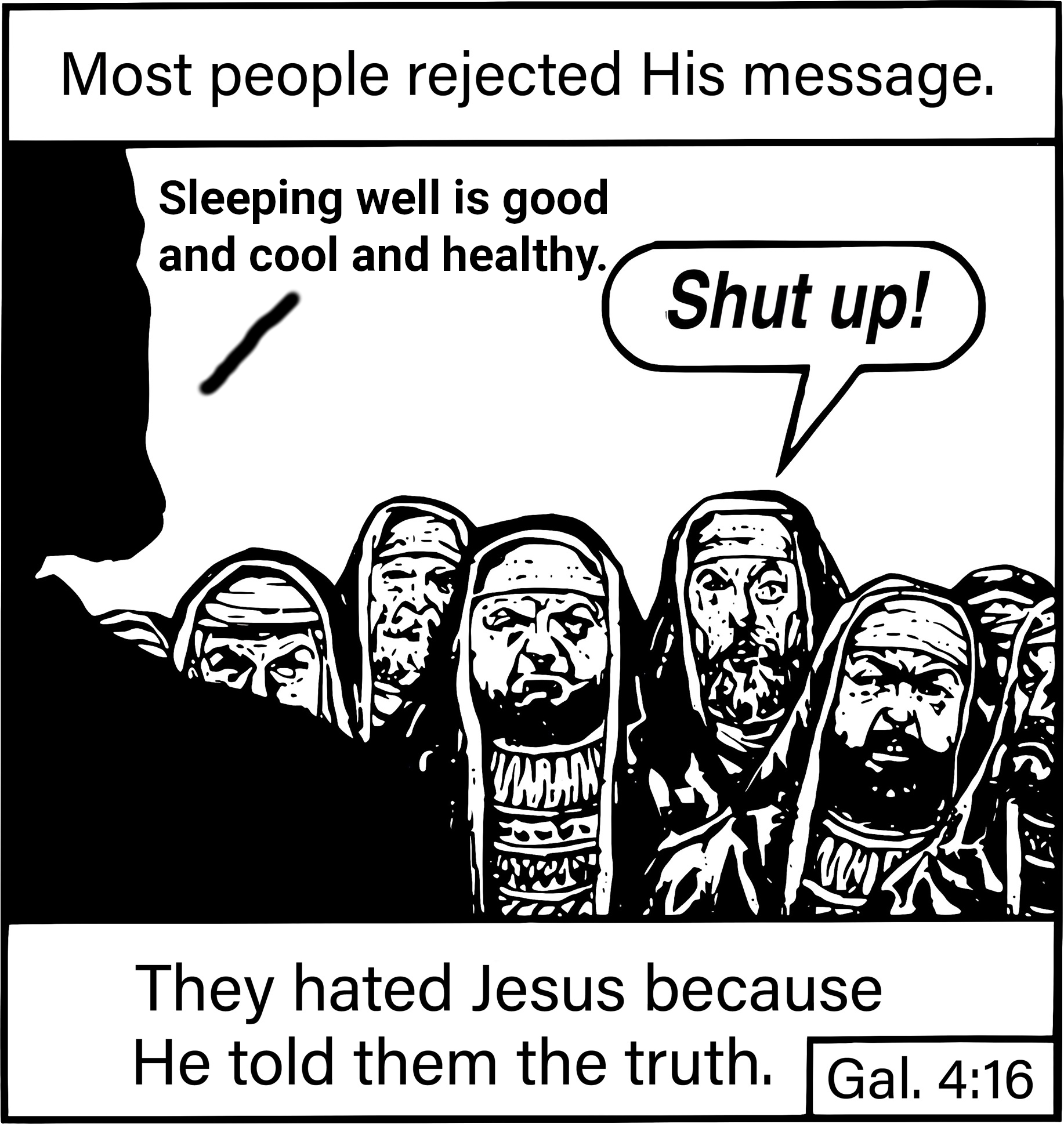

I vaguely recall Bruce Schneier saying that there is good evidence that the NSA cannot crack certain encryption methods. At the time, RSA was on the list. Maybe common methods mean roll-your-own corporate encryption, but it’s my understanding that GNUpg and similar software are safe.










Alberta wishes it were part of the US.